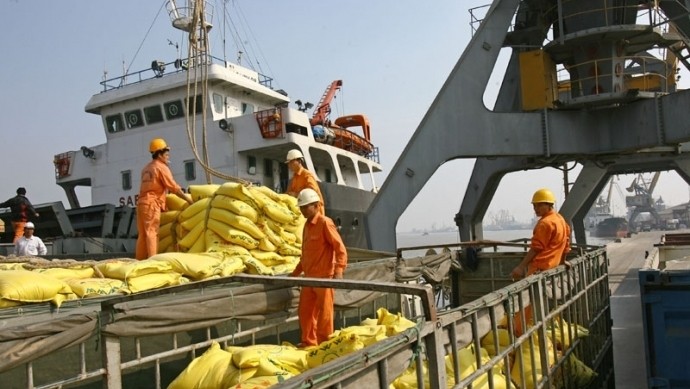Such a strong performance helped Vietnam record a trade surplus of US$2.7 billion, the highest figure in more than a decade.
It came partly as a result of the government’s flexible policies, bold efforts to deal with the difficulties facing enterprises and a slew of trade promotion activities.
Experts say that local exporters will encounter a great deal of hurdles from continued global uncertainties and growing protectionism, as manifested in more and more anti-dumping cases against Vietnamese goods.
Amid a plethora of challenges, Vietnam needs to further step up its international economic integration in 2018 through concrete measures such as accelerating the negotiation, signing and approval of free trade agreements.
Such trade pacts will give more room to Vietnamese goods and enhance their competitive edge in the global market.
In the meantime, measures are needed to consolidate the presence of Vietnamese goods in established markets, especially those with which Vietnam has continually posted a trade surplus, while also exploring opportunities in new markets by focusing on the goods that are Vietnam’s strength.
 |
As for Vietnam’s trade missions abroad, it is advised that they organise more trade promotion events, hold direct talks with Vietnamese exporters and major foreign retailers to advertise Vietnamese goods and seek export opportunities.
As a key factor dictating the success of exports, quality needs further improvement by pushing the formulation and application of national quality control standards in harmony with international and regional criteria.
The authorities concerned should educate local exporters on the specific rules enforced in major export markets that could potentially become obstacles to Vietnamese goods.
For their part, exporters need to customise their products to meet the market demands and proactively adjust their supply chains so that the final products will meet the rule of origin and take advantage of preferential tax rates laid down in Vietnam’s trade pacts with other economies.
In addition, they need to familiarise themselves with the unique requirements of each market, fully comply with food safety regulations, and other rules, in order to avoid unanticipated investigations and other trade defence measures.
















